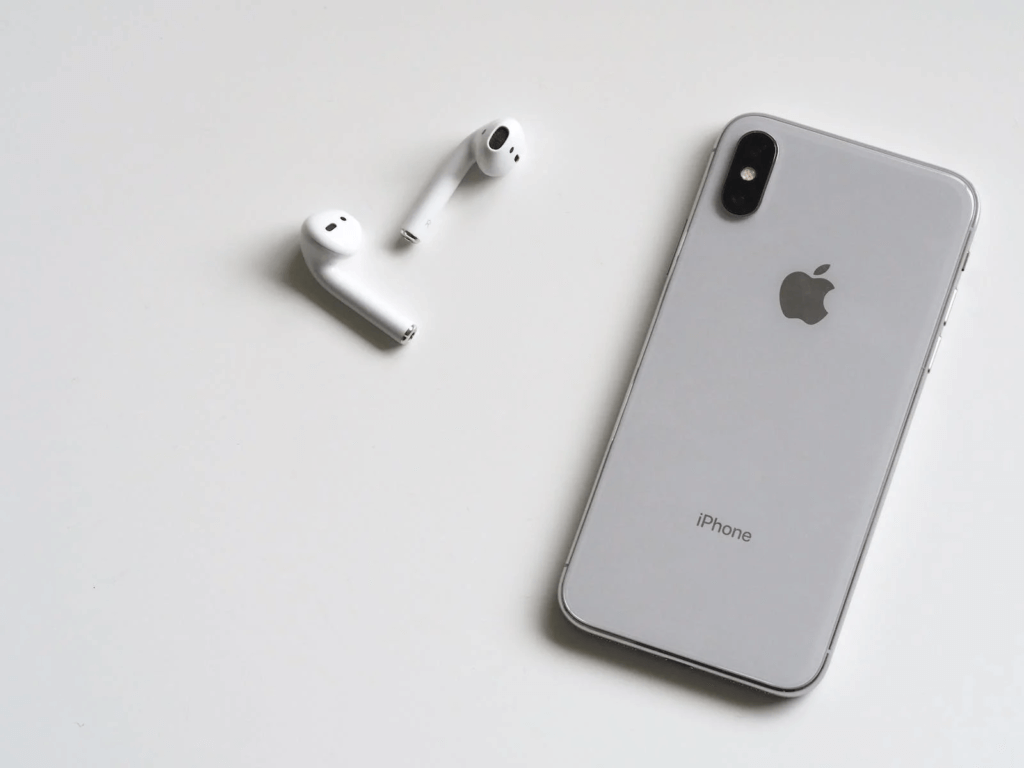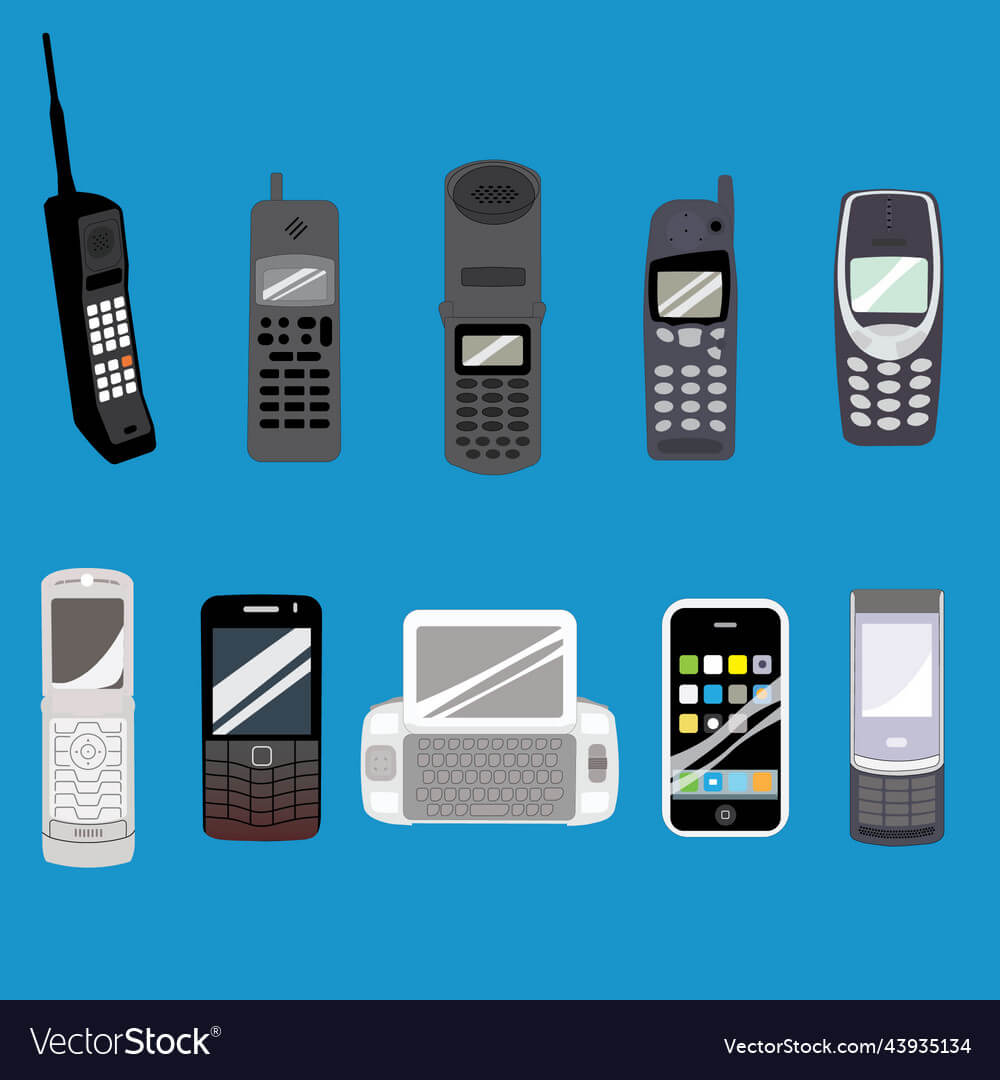
In today’s interconnected world, it’s hard to imagine life without the convenience and ubiquity of mobile phones. These compact devices have revolutionized the way we communicate, transforming from simple voice-call devices to powerful pocket-sized computers. In this article, we will delve into the fascinating history of the mobile phone, tracing its evolution from its humble beginnings to the sophisticated smartphones we rely on today. From the first bulky prototypes to the advent of 5G connectivity, we will explore the major milestones and technological advancements that have shaped the mobile phone into an indispensable part of our daily lives.
The Dawn of Mobile Telephony
The concept of mobile telephony can be traced back to the mid-20th century when researchers and engineers began envisioning a wireless communication system that would allow people to make calls while on the move. In 1947, Bell Labs introduced the concept of cellular telephony, dividing geographical areas into cells to enable efficient frequency reuse and expand network capacity.
Early Mobile Phones: From Bulky to Portable
The first-generation mobile phones were large, heavy, and primarily used in vehicles. In 1973, Motorola engineer Martin Cooper made the first public mobile phone call using a device known as the Motorola DynaTAC. Weighing nearly 2.5 pounds, it offered limited talk time but laid the foundation for future developments.
Throughout the 1980s and 1990s, mobile phones underwent significant transformations. Manufacturers like Nokia, Ericsson, and Motorola introduced more compact and portable devices, with features like alphanumeric keypads and text messaging. These phones operated on analog networks and relied on large external antennas for signal reception.

The Era of Digital Mobile Phones
The 1990s marked the shift from analog to digital mobile networks. The introduction of Global System for Mobile Communications (GSM) technology brought improved voice quality, increased network capacity, and the ability to send text messages. Nokia’s iconic 3310, released in 2000, became a global sensation, popularizing mobile phones among the masses.

The Rise of Smartphones
The 21st century witnessed the emergence of smartphones, combining telephony capabilities with advanced computing features. In 2007, Apple introduced the iPhone, a touchscreen device that revolutionized the industry. The iPhone’s intuitive interface, App Store, and multimedia capabilities set the benchmark for modern smartphones.
Other manufacturers, including Samsung, LG, and HTC, entered the smartphone market, offering diverse options running on different operating systems like Android and Windows Mobile. Smartphones became indispensable tools for communication, web browsing, email, multimedia consumption, and app-driven productivity.

Advancements in Mobile Technology
Mobile technology continued to evolve rapidly. Features such as front-facing cameras, high-resolution displays, improved processors, and expanded storage became standard. 4G LTE networks offered faster data speeds, enabling seamless video streaming and online gaming.
The introduction of artificial intelligence (AI), augmented reality (AR), and virtual reality (VR) technologies further expanded the capabilities of smartphones. Biometric authentication, such as fingerprint scanners and facial recognition, enhanced device security.
5G and Beyond
The current focus in mobile technology is on the deployment of fifth-generation (5G) networks. 5G promises faster download and upload speeds, lower latency, and greater network capacity. It is set to revolutionize areas like autonomous vehicles, Internet of Things (IoT), and immersive experiences.

Conclusion
The history of the mobile phone is a testament to human ingenuity and the relentless pursuit of innovation. From the early days of mobile telephony to the era of smartphones, mobile devices have become integral to our personal and professional lives. As technology continues to evolve, mobile phones will undoubtedly play an even more prominent role in shaping how we communicate, connect, and access information. The mobile phone’s journey from a simple wireless communication device to a multi-functional pocket computer showcases the transformative power of human creativity and technological progress.

Leave a Reply